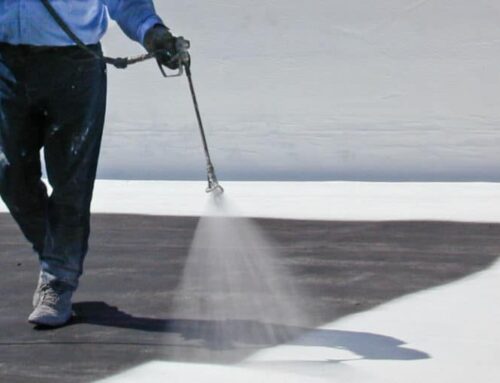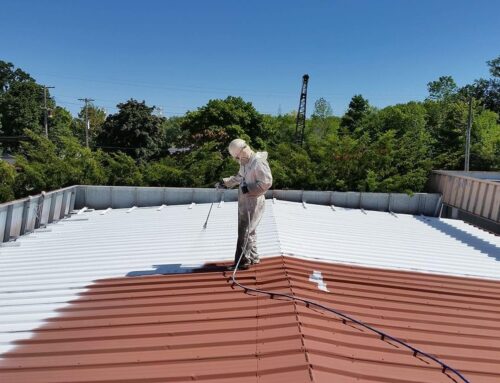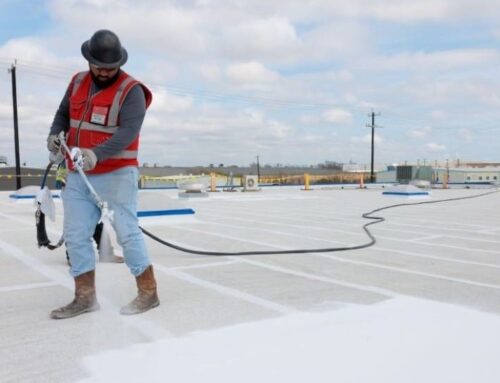Thinking of installing a skylight in your home? Great choice. Not only do skylights bring in an average of 30% more natural sunlight than normal windows, but studies even suggest that this increased exposure can even improve our mood. The right skylight can also help you save money on your energy or heating bill. Despite these benefits, maybe you’re still concerned about the process of installing a new skylight. It’s a valid cause for concern – there’s a lot to consider when planning to cut a hole in the roof. To help you through this process, here are 5 things to think about before installing a skylight. Hopefully with the right knowledge and execution, you make a decision you are happy with for a very long time.
5 THINGS TO THINK ABOUT…
HOW TO GET IT RIGHT THE FIRST TIME
Make sure the roofing company you are hiring to install the skylight is highly reputable. Get it done right the first time – the damages resulting from faulty installation can be very costly. Make sure the company you choose works with high-quality and well-rated materials, too.
SKYLIGHT PLACEMENT
Think about the placement of the skylight and consider whether it works well with the home’s building plan and is in a place that you’ll get the most benefit from the skylight. The amount of solar heat absorbed into your home is affected by the slope or angle of your skylight. For instance, a low slope usually admits more solar heat in the summer and less in the winter, typically the opposite of what homeowners want. Some suggest to set the slope around 10 degrees more than the geographical latitude of your home. The rafters in the home have a lot to do with placement as well. If possible, try to get a blueprint of your home to ensure you pick the best spot for your skylight.
TYPE OF GLASS AND THE RISK INVOLVED
Skylights are generally manufactured with either tempered or laminated glass, which can break. If you have a lot of big trees around your home, understand you take the risk that if limbs fall on the skylight the glass may break. Understand these risks and decide if the risk is worth it before you commit. However, the type of glass does make a difference if the glass were to break. Tempered glass tends to shatter and break in small but smooth pieces, falling to the ground. Laminated glass, on the other hand, is covered with a film that keeps the broken glass pieces in place if broken.
CURB MOUNTED OR DECK MOUNTED?
Do you need a curb mounted skylight or a deck mounted skylight? Here’s the difference: Curb mounted requires a box structure for the unit to set upon. When replacing a skylight, these can be used without needing to re-flash the skylight at the same time as long as flashing is in good condition. Deck mounted skylights are a more recent design, and have a lower profile because there’s no box structure underneath. These hug the roof and are considered a more energy efficient choice because of this.
WHAT FEATURES DO YOU WANT?
There are some added options or features that you should think about too. Do you want a fixed or vented skylight? Meaning, do you want to be able to open the skylight (vented) or is that not necessary? Vented skylights can give your home better ventilation, drawing warm air up to vent through, cooling a room and bringing in fresh air. If that’s not important then fixed might be the choice for you. If you do choose vented, would you like a manual or electric option of opening the window? Or perhaps you want a solar panel that powers the source that opens and closes the window. Many companies, like us, offer the option for factory-installed blinds, which can be beneficial when you don’t want the heat from the sunlight in the summer.





